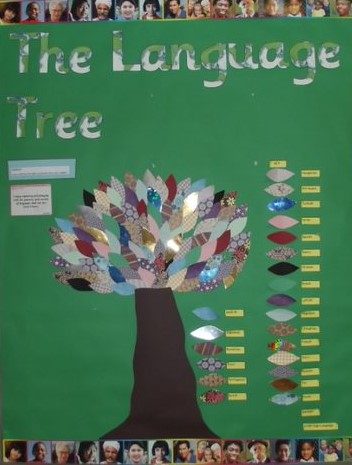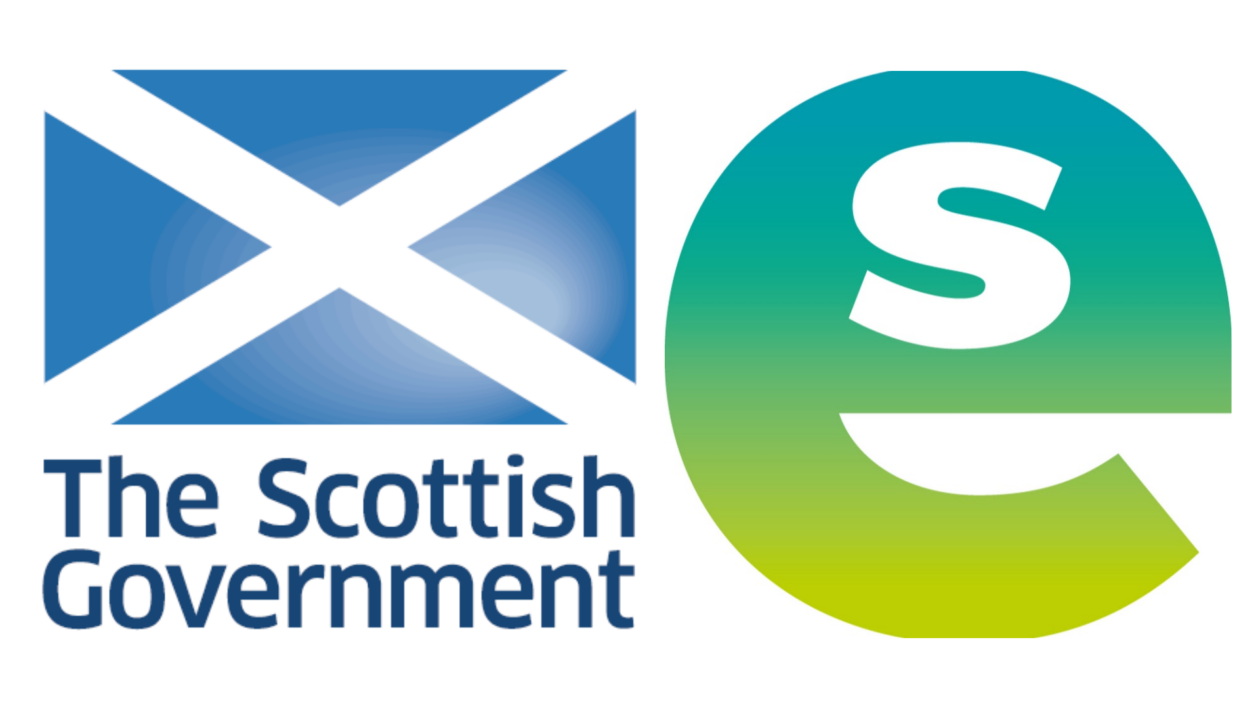There are many cognitive advantages to bilingualism and multilingualism across the lifespan. These can include heightened executive thinking skills, working memory capacity and multi-tasking. Learning a language also offers the opportunity to learn about and value the associated cultures.
The Scottish Government’s 1+2 Languages Approach describes a framework for language learning based on the mother tongue plus two additional languages model.
‘The Government’s languages policy offers the opportunity to reflect on the development of Scotland as a diverse, complex, multicultural and multilingual nation. We, as a nation, should celebrate this diversity and the diverse languages in our midst. This diversity includes Scotland’s own languages, Gaelic and Scots. The languages spoken increasingly in communities throughout Scotland offer schools and learners the chance to learn more about their own and other cultures.’ P.6
It has been noted however, that currently there are limited opportunities for the learning of heritage languages during the school day although learners are often taught heritage languages by community members in the evening or at weekends.

This poster shows a tree with leaves. Each leaf represents the languages spoken by grandparents of children attending the nursery at Riverbank Primary in Aberdeen.
Reflective questions
- How successfully do we promote the benefits of bilingualism and multilingualism in our learning community?
- How are the heritage languages of learners acknowledged and incorporated into the life of the school?
- To what extent is progress in language learning that takes place outside your setting recognised and celebrated?
- How successful are the approaches you use to ensure that bilingual learners have equal access to the curriculum?


